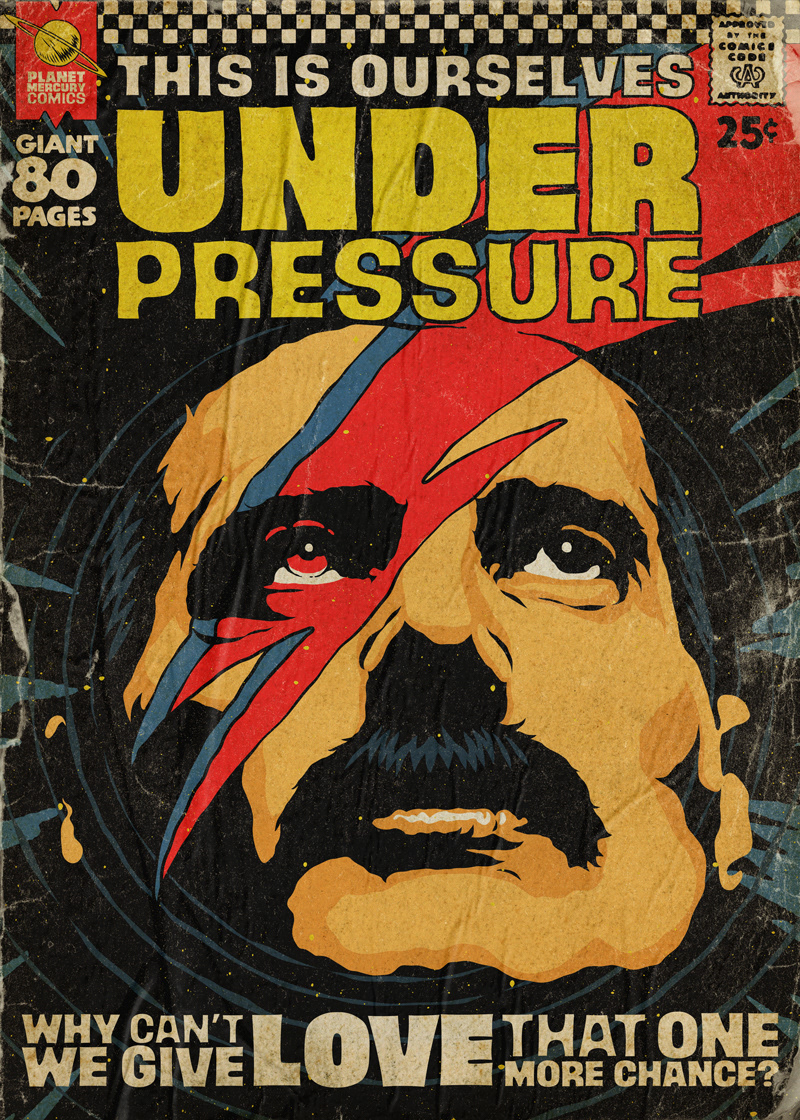Howard Phillips Lovecraft died in obscurity at the age of 46, but he left behind a body of work formidable enough that even today’s readers approach it only with great trepidation. They do so not so much because of its size, though Lovecraft did manage to write a fair bit, but because of what it dares to contemplate — or rather, because of its deep roots in the things mere humans dare not contemplate. Born in 1890, Lovecraft grew up on horror of the Gothic variety. But by the time he began writing his own in the year 1919, “World War I had cast a long shadow over the arts. People had seen real horrors, and were no longer frightened of fantastical folklore. Lovecraft sought to invent a new kind of terror, one that responded to the rapid scientific progress of the era.”
Those words come from the TED-Ed lesson above, “Titan of Terror: the Dark Imagination of H.P. Lovecraft.” Written and narrated by Silvia Moreno-García, a writer of science fiction and editor of several books on Lovecraft’s work, the video offers a four-minute primer on how this “weird fiction” permanently upped the ante for all writers who sought to instill fear and dread into the hearts of their readers.
“Like then-recent discoveries of subatomic particles or X‑rays,” Moreno-García says, “the forces in Lovecraft’s fiction were powerful, yet often invisible and indescribable. Rather than recognizable monsters, graphic violence, or startling shocks, the terror or ‘Lovecraftian’ horror lies in what’s not directly portrayed — but instead left to the dark depths of our imagination.”
Hence the cast of unspeakable “dark masters” beneath the placid New England surface of Lovecraft’s stories. Yog-Sothoth, “who froths as primal slime in nuclear chaos beyond the nethermost outposts of space and time”; “the blind, idiot god Azathoth, whose destructive impulses are stalled only by the ‘maddening beating of vile drums and the thin monotonous whine of accursed flutes’ ”; and of course Lovecraft’s “infamous blend of dragon and octopus, Cthulhu”: even those who have never read Lovecraft may well have heard of them. And as anyone who has read Lovecraft knows, we who have only heard of them, these beings “who exist beyond our conceptions of reality, their true forms as inscrutable as their motives,” should count themselves lucky — far luckier, certainly, than the humans Lovecraft puts face-to-face with them.
Related Content:
H.P. Lovecraft’s Classic Horror Stories Free Online: Download Audio Books, eBooks & More
H.P. Lovecraft Gives Five Tips for Writing a Horror Story, or Any Piece of “Weird Fiction”
H.P. Lovecraft Highlights the 20 “Types of Mistakes” Young Writers Make
Lovecraft: Fear of the Unknown (Free Documentary)
Based in Seoul, Colin Marshall writes and broadcasts on cities, language, and culture. His projects include the book The Stateless City: a Walk through 21st-Century Los Angeles and the video series The City in Cinema. Follow him on Twitter at @colinmarshall or on Facebook.











